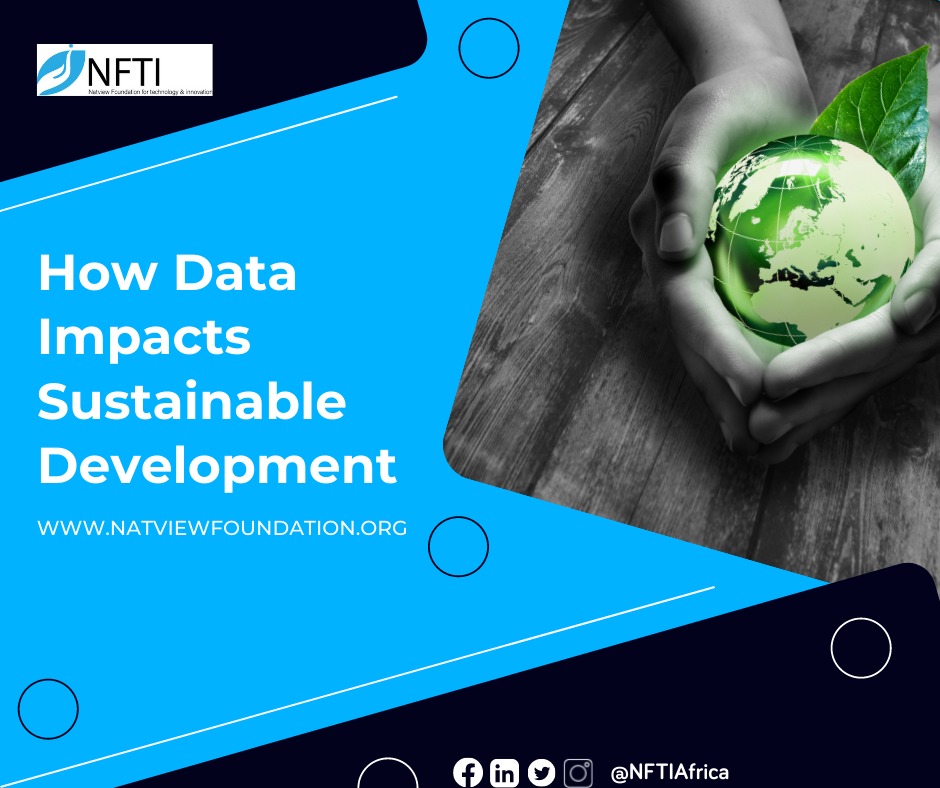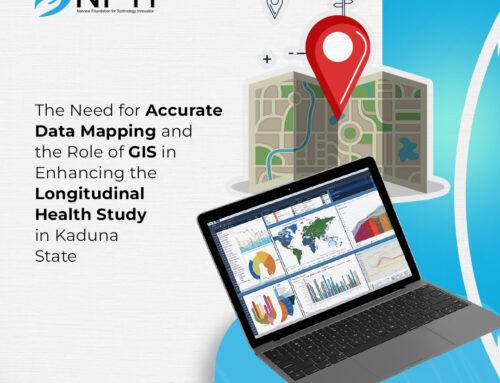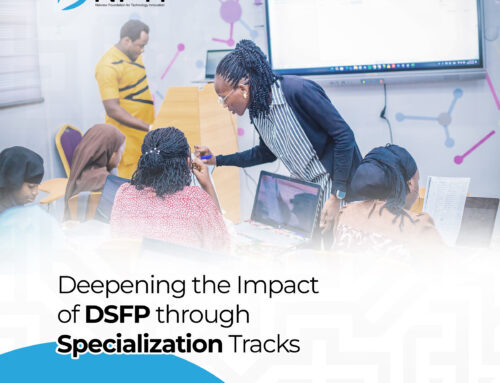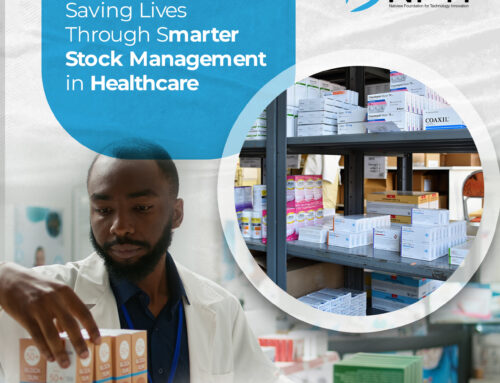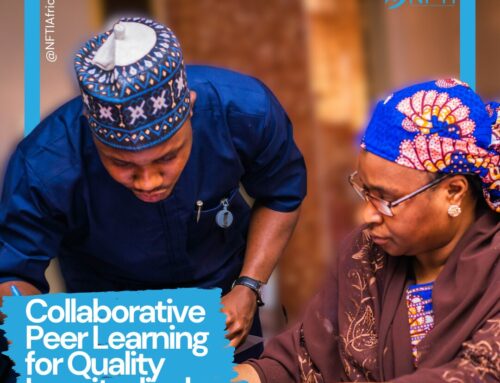Two buzzwords that appear to be ubiquitous are data science and sustainability. Everyone wants to use data in some way. Data isn’t just being used by tech organizations to improve processes, provide important insights, and develop new products. Governments, businesses, and individuals are all attempting to address the climate catastrophe at the same time in the sustainability arena. People are aiming to make the world a more just place, with less inequality and more prosperity for a larger portion of the people.
Data is the raw material for accountability and the lifeblood of decision-making. Big data analysis is now prevalent in the private sector, with consumer profiling, personalized services, and predictive analysis utilized for marketing, advertising, and management. Similar methods could be used to get real-time insights about people’s well-being and focus aid interventions to the most vulnerable. Data can be used in a variety of ways to have a good social influence.
What does it mean to be sustainable?
Sustainable development is defined as progress that meets current needs without jeopardizing future generations’ ability to meet their own. Sustainability is defined by three equally significant factors. Environmental, social, and economic aspects are all included in this category. All of these aims, needs, and issues must be handled. Only then can the planet’s, society’s, and economy’s long-term viability be assured. The United Nations has established 17 Sustainable Development Goals (SDG) in these areas. Their simultaneous achievement will assure future wealth and peace.
How can data science help us and future generations?
Data science can be used in a variety of ways to promote long-term development. Above, I mentioned the UN’s 17 Sustainable Development Goals. It’s beneficial to have objectives. However, you must quantify key measures in order to track your progress. Data science may be used to provide visual representations and explanations of indicators with the goal of holding governments accountable for their commitments.
To map the status quo, data must be collected and converted into machine-readable formats. To name a few examples of how data can be used for sustainable development, consider the following:
- Data on poverty and hunger reduction can be collected using satellite images. Crop yields can be estimated based on weather conditions and crop growth in order to increase food production and attain food security. Vulnerable populations can also be identified, and assistance can be directed effectively.
- Climate change mitigation and reduction are critical. Extreme weather occurrences will, however, become more frequent. As a result, adaptation to climate change is becoming more important. Extreme weather occurrences must be predicted in order to determine which regions will be hardest damaged. Early assistance can be arranged, and if necessary, people can be evacuated.
- Because of the coronavirus pandemic, the intersection of data science and health care is perhaps one of the most well-known fields. Data was used for contact tracing, which allowed the infectious virus to be tracked and traced back to its source. Dashboards were established by data scientists to visualize and update the number of infected and dead people on a daily basis. It was also used to locate nearby healthcare centers and immunization locations.
- NFTI is using data for good in Warawa Community, a Living lab project where a borehole is tech-powered with a sensor-enabled card that tracks water usage and cleanliness while also collecting data. To quantify how improved water accessibility affects education, economic engagement, and social patterns in the community, and analytical approach is employed to mine and extract data created.
These are a few examples of how data can be used to promote long-term development. Unfortunately, there is a risk of increasing inequality and bias. Language, poverty, a lack of education, a lack of technological infrastructure, distance, prejudice, and discrimination keep many individuals out of the new world of data and knowledge. Building the capacities of all countries, particularly the Least Developed Countries (LDCs), Land-locked Developing Countries (LLDCs), and Small Island Developing States (SIDS), is critical in our quest to use data to achieve sustainable development (SIDS).
– Salma Ja’eh

